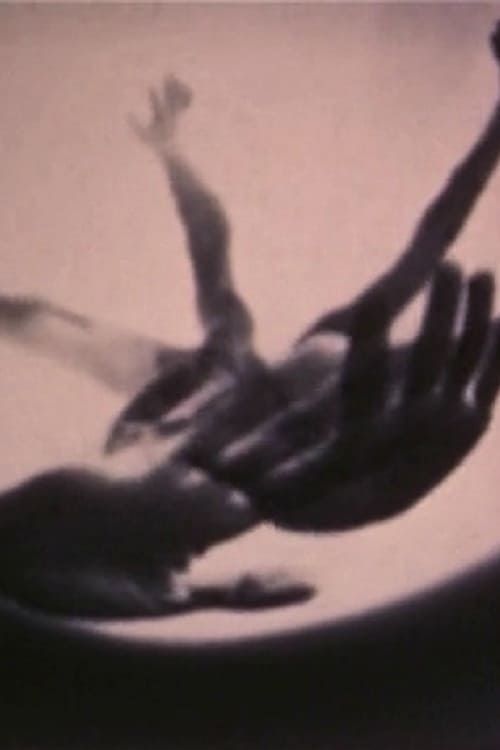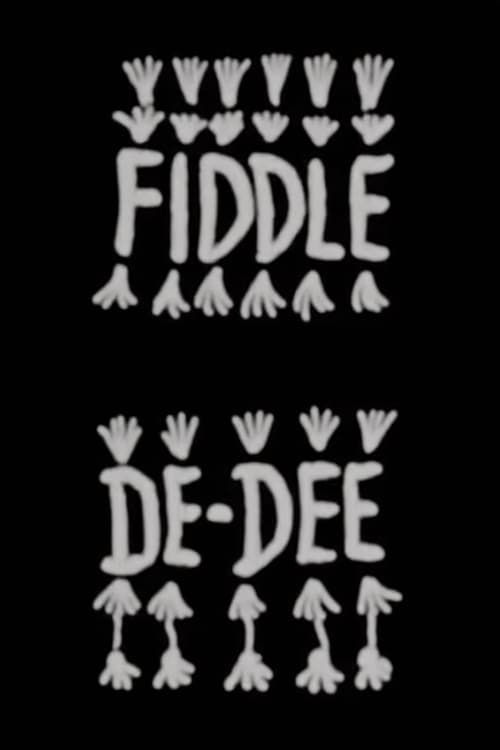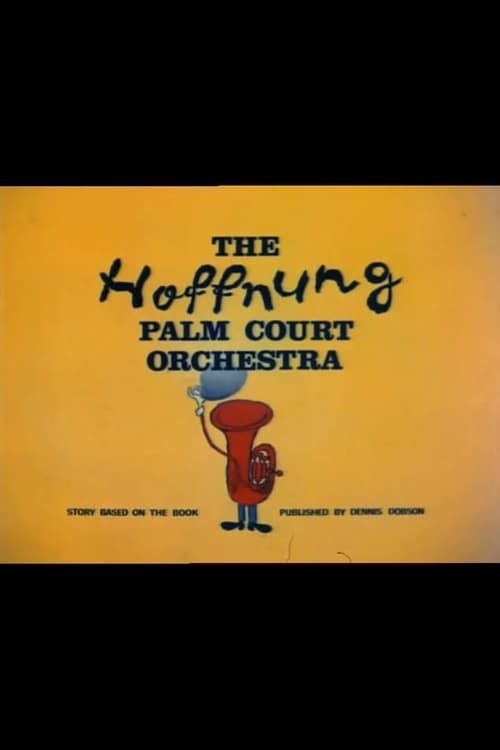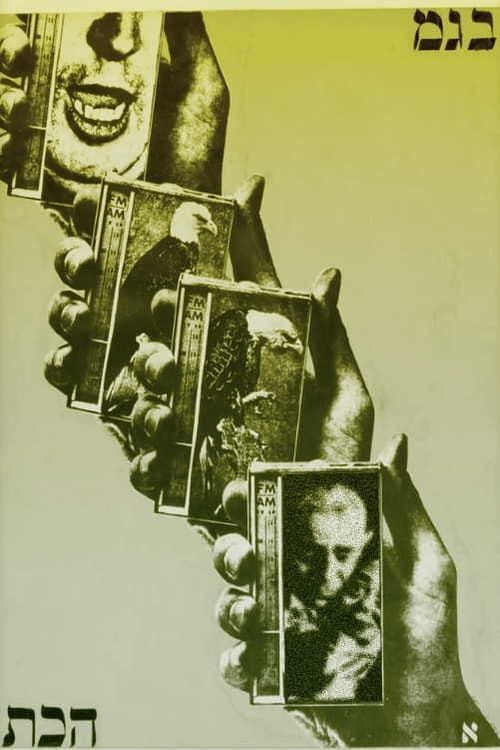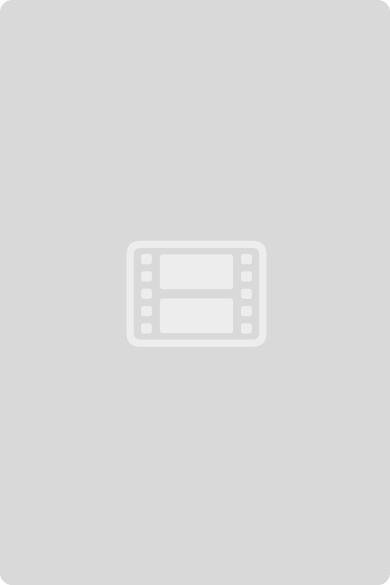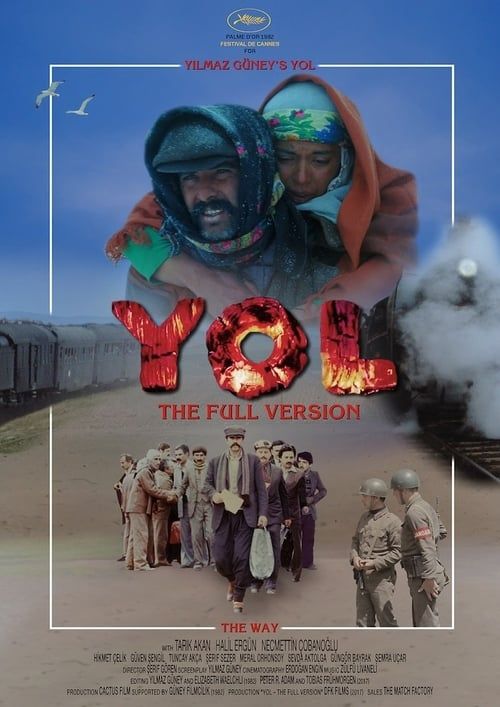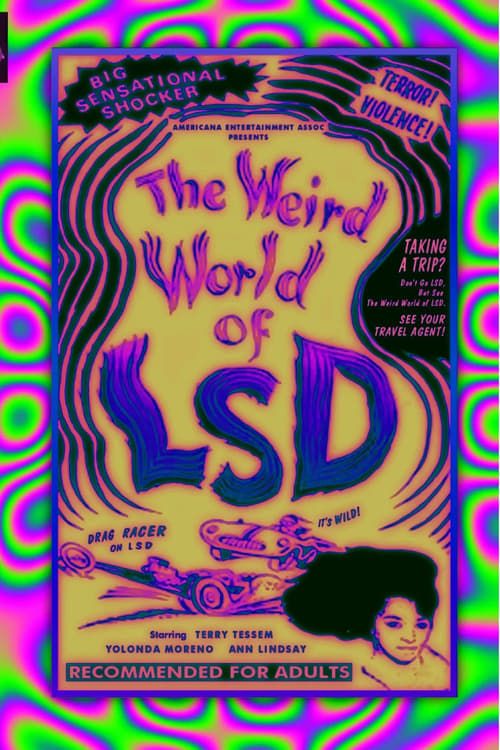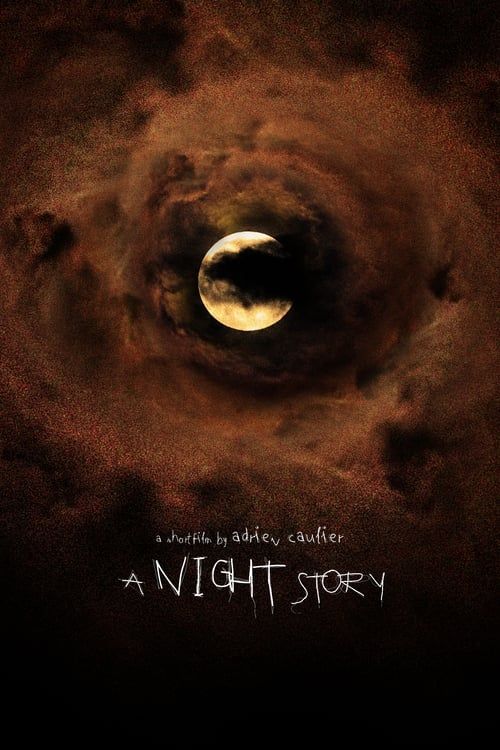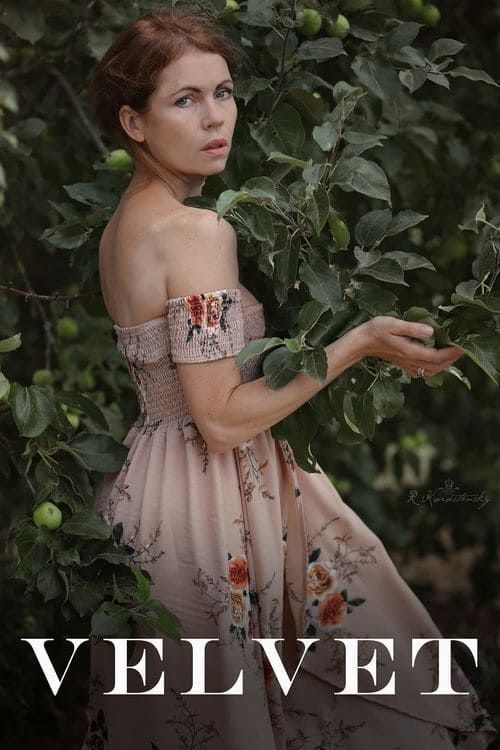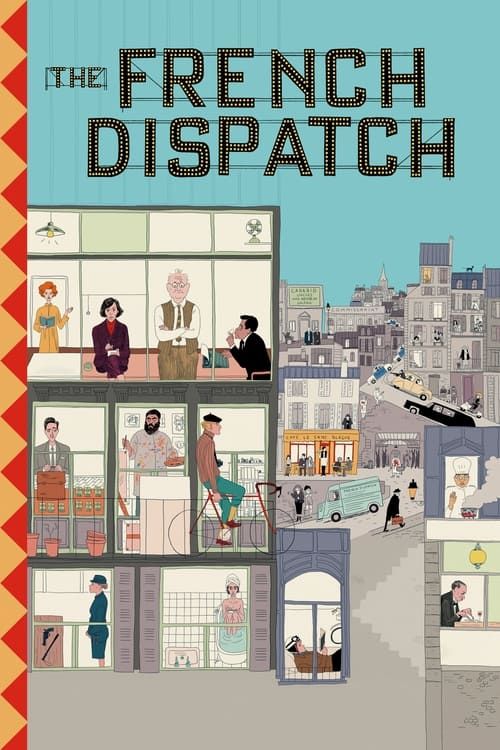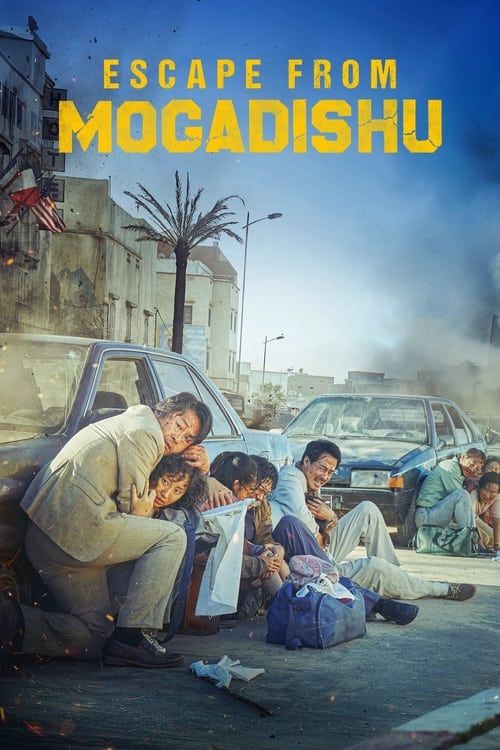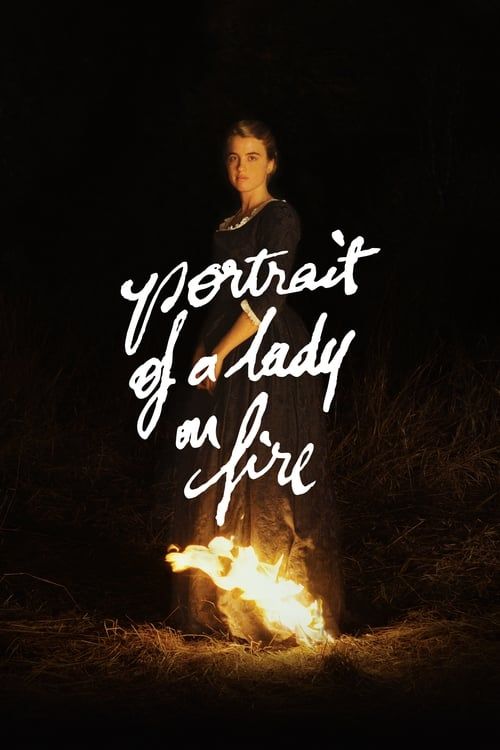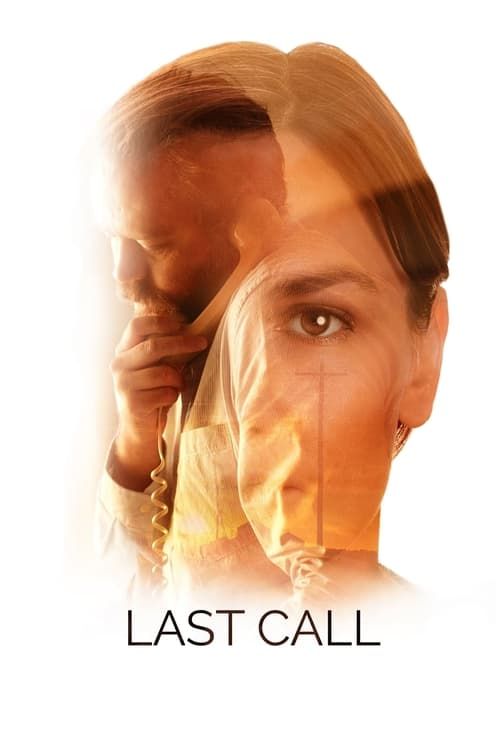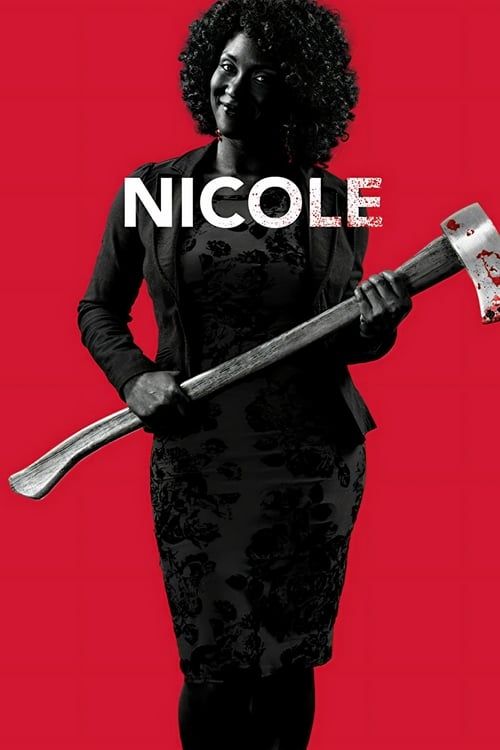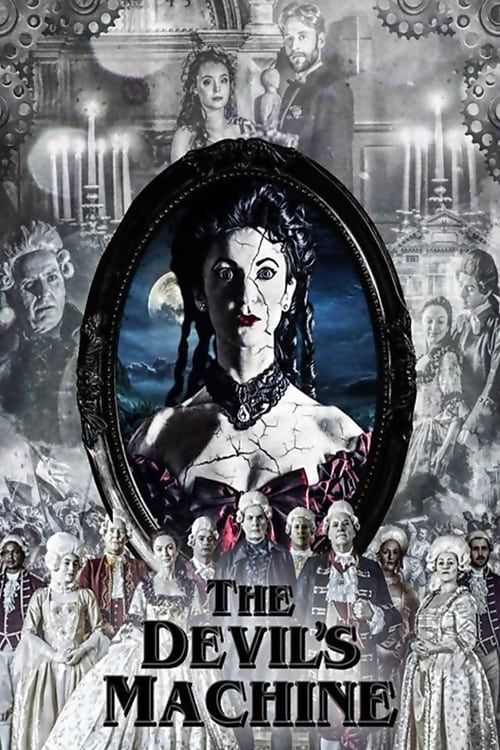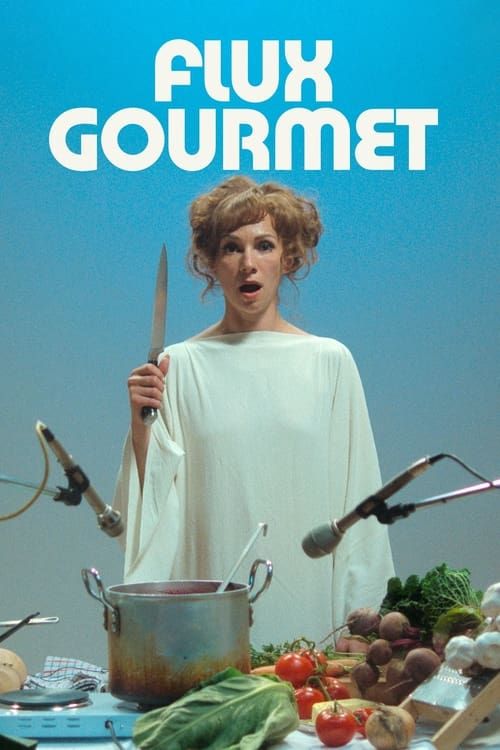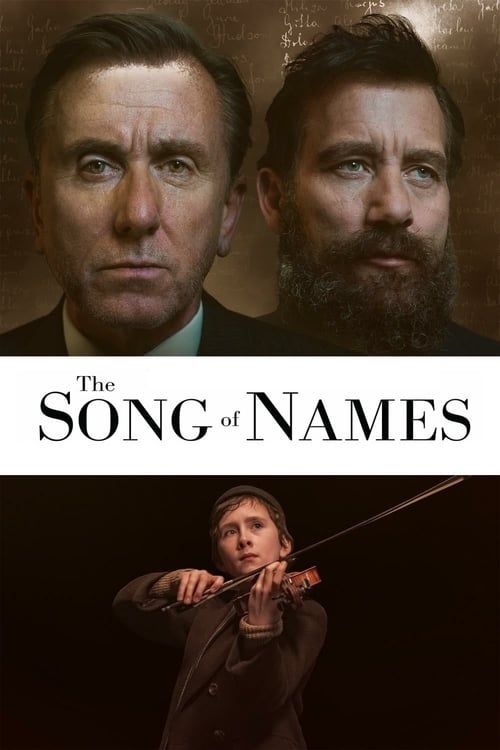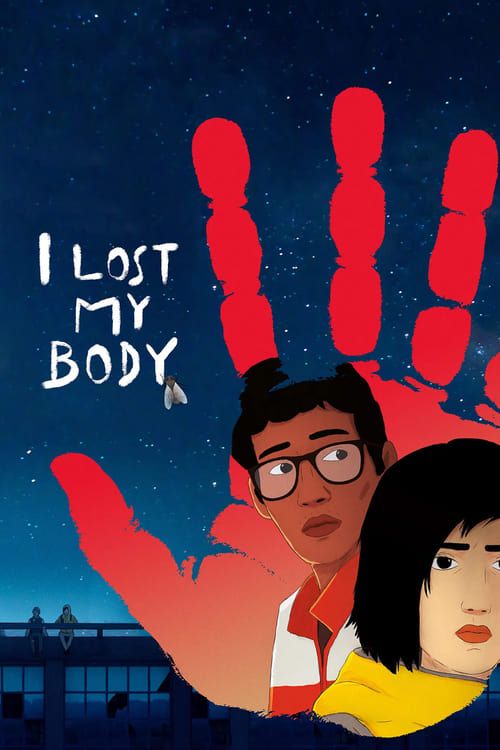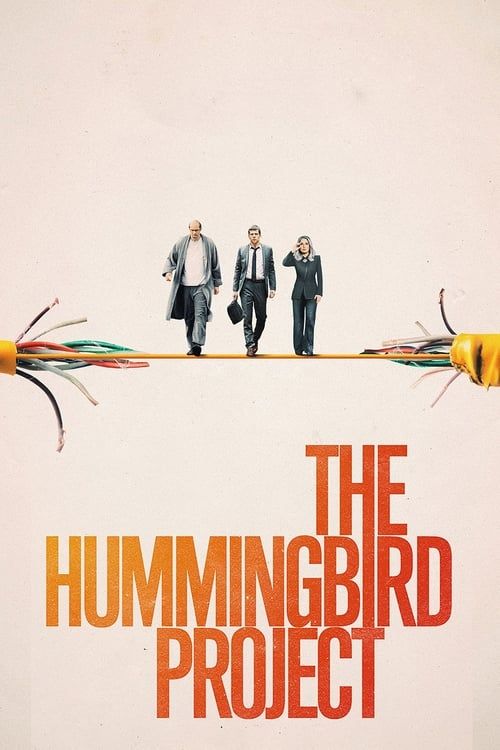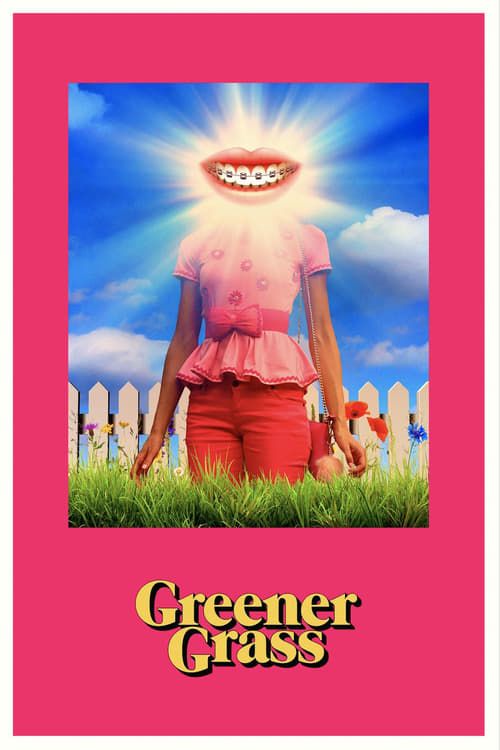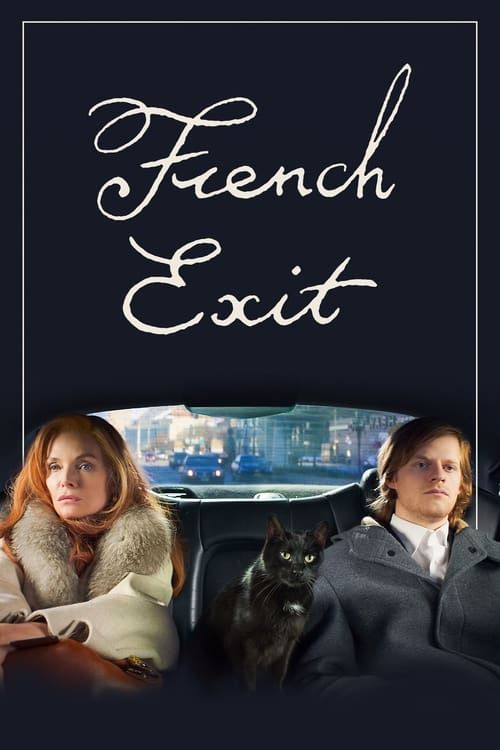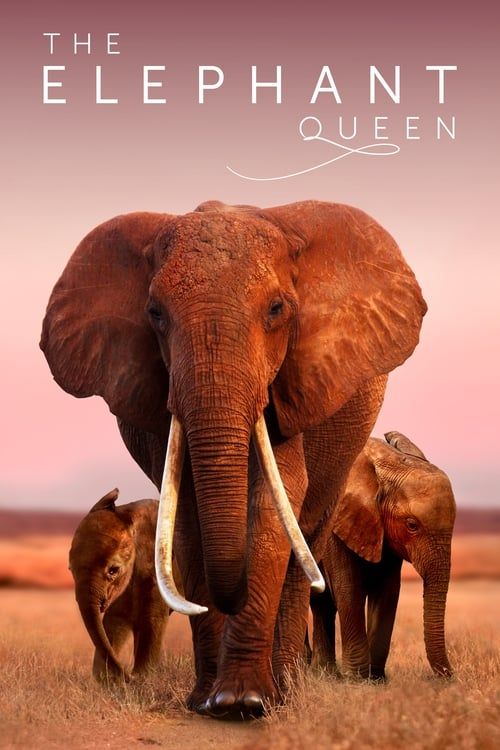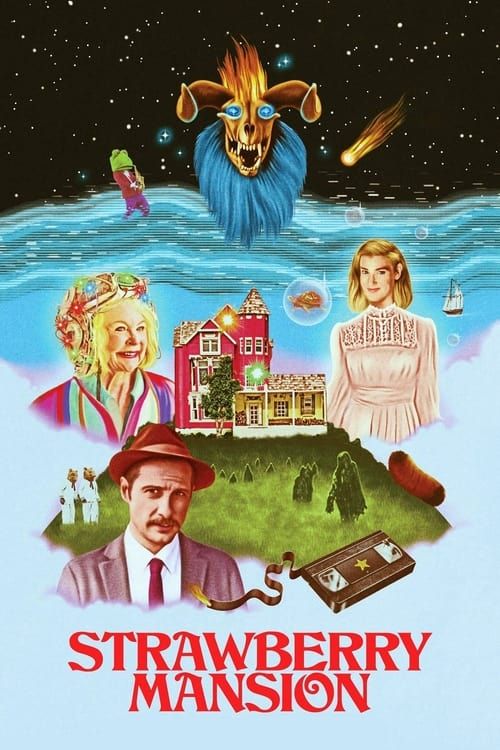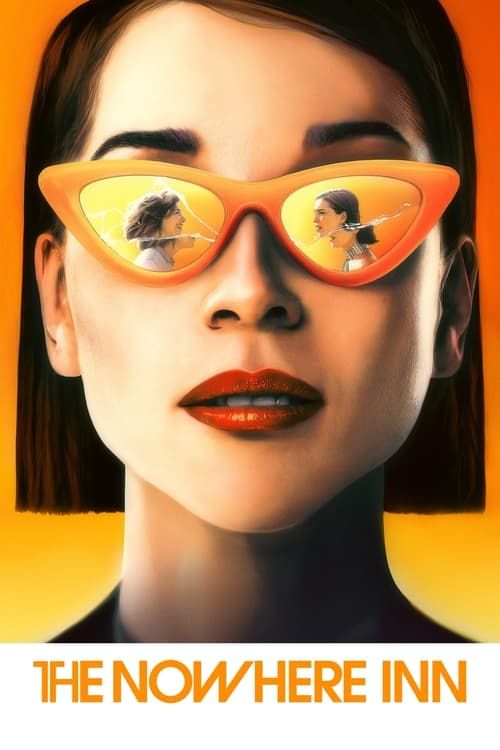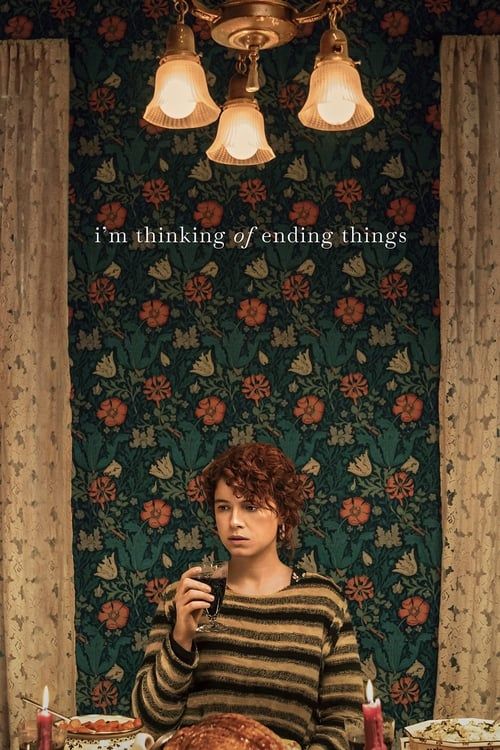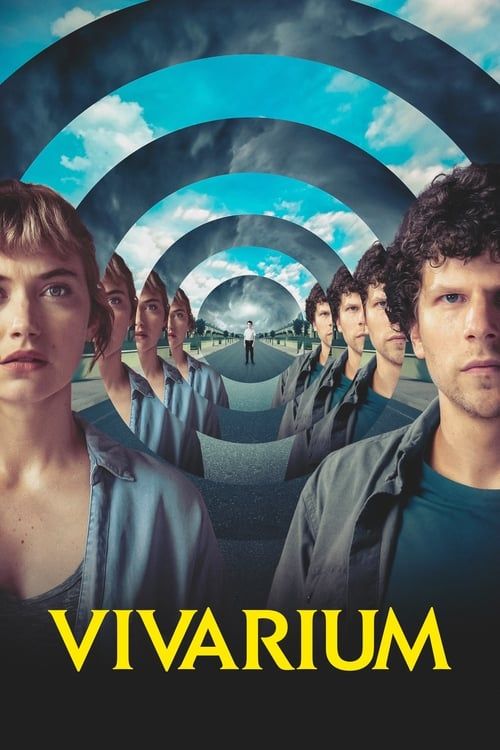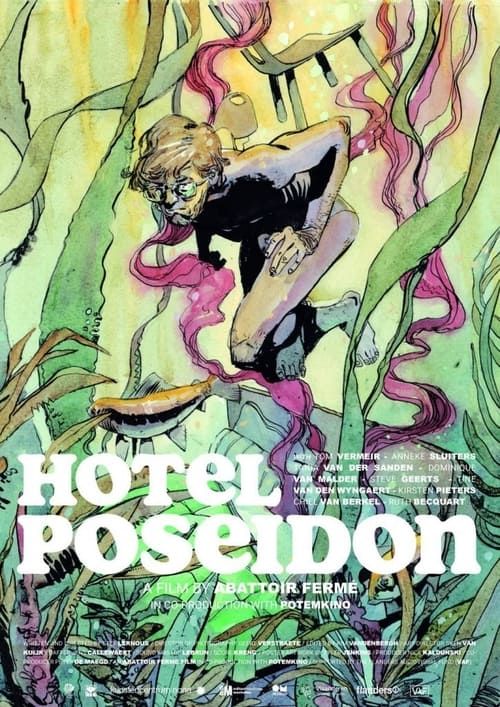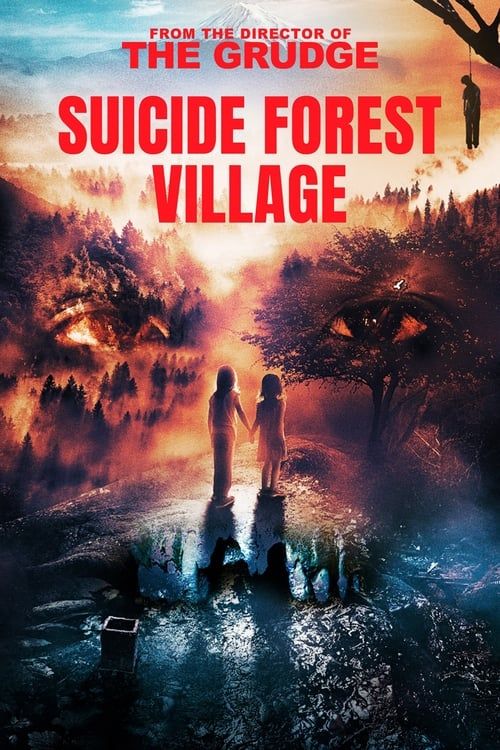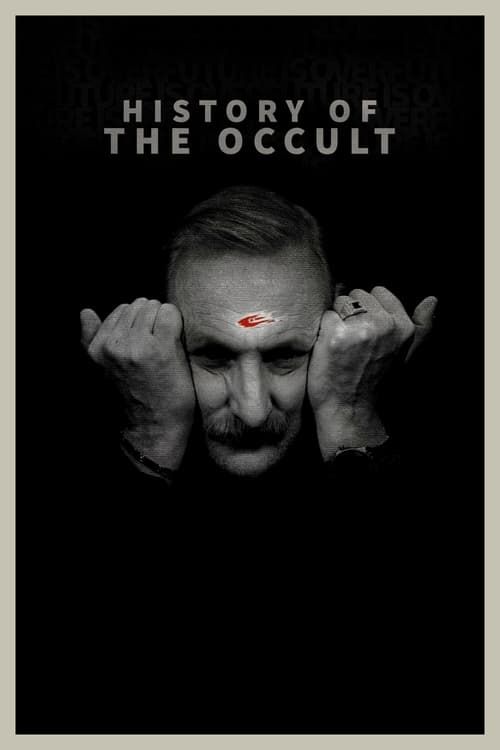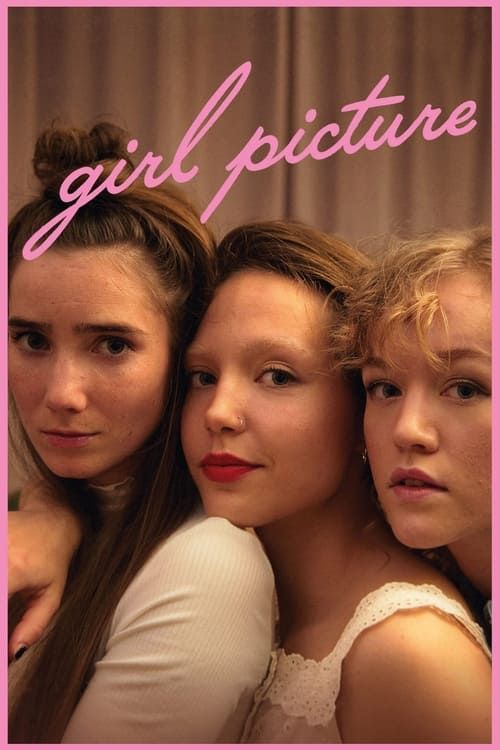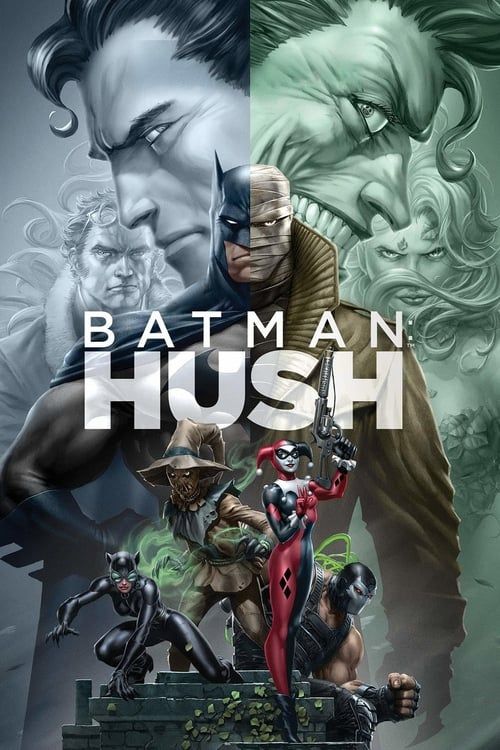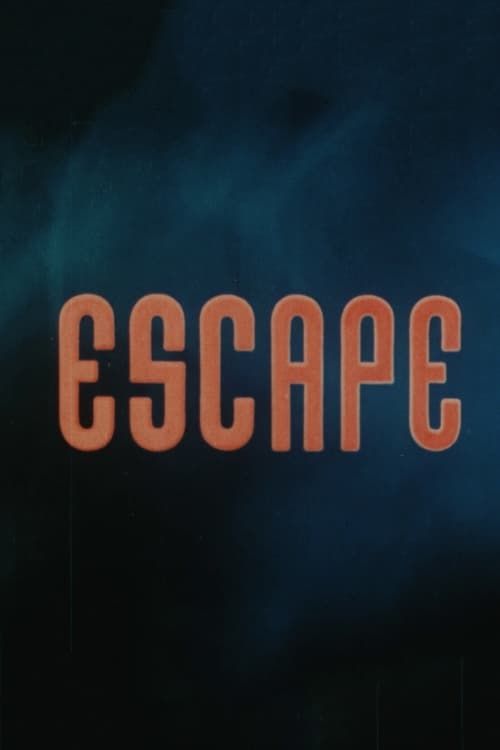
Synchromy No. 4
1937-09-05 | Animation
279 AI "Keytalks" from People:
Click "Keytalk" you liked to discover Movies of you taste
To the toccata portion of Bach's "Toccata and fugue in D minor," we watch a play of sorts. Blue smoke forms a background; a grid of black lines is the foreground. Behind the lines, a triangle appears, then patterns of multiple triangles. Their movements reflect the music's rhythm. Behind the barrier of the black lines, the triangle moves, jumps, and takes on multiple shapes. In contrast with the blue and the black, the triangles are warm: orange, red, yellow. The black lines bend, swirl into a vortex, then disappear. The triangle pulsates and a set of many of them rises.
Streaming Services
Ratings
279 Movie prompts Related to Synchromy No. 4
Maimovie AI learns movie taste from social media, search keywords, and other diverse crowd data. As a result, our AI has characterized this movie with the following movie tastes:
Awards from the Crowd
279 prompts ranked by the crowd  Ranked #12080
for
Ranked #12080
for
 Ranked #21439
for
Ranked #21439
for
 Ranked #25952
for
Ranked #25952
for
Cast
Acting & Cast
Character
Featured Crew
16 Tastes Related to the Featured Crew
Based on the crowd’s live-updated social data, the following movie tastes represent the featured crew of the movie, Synchromy No. 4:
View Live Featured Crew Profile
Visual & Sound Taste from Video
What people actually say about
 Visual
&
Visual
&
 Sound
Sound
“Key Talks” from People
Ranked #35,349 / 36,863 Movies
Ranked #37,152 / 37,855 Movies
Ranked #39,921 / 41,182 Movies
Search Keywords
Touch to Google the following Keywords:
Top 20 Movies Similar to Synchromy No. 4
Movies Similar to Synchromy No. 4
“ Symmetry Plots ”
as in
Plot
“ Arthouse ”
as in
General Taste
“ Deceptively Simple ”
as in
Concept & Idea
“ Surrealist ”
as in
Concept & Idea
“ Raising Eyebrows ”
as in
Emotional Response
Synchromy No. 4 FAQ
On October 04, 2024, there were 279 public reaction to Synchromy No. 4 including symmetry plots, arthouse, deceptively simple, surrealist, raising eyebrows.
The genre of Synchromy No. 4 is Animation.
The director of Synchromy No. 4 is Mary Ellen Bute.
The runtime of Synchromy No. 4 is 4 minutes.
On October 04, 2024, the IMDB rating of Synchromy No. 4 is 6.9/10, Rotten Tomato rating is 0/100, Metacritic rating is 0/100, TMDB rating is 7.0/10.
The release date of Synchromy No. 4 is September 05, 1937.
To the toccata portion of Bach's "Toccata and fugue in D minor," we watch a play of sorts. Blue smoke forms a background; a grid of black lines is the foreground. Behind the lines, a triangle appears, then patterns of multiple triangles. Their movements reflect the music's rhythm. Behind the barrier of the black lines, the triangle moves, jumps, and takes on multiple shapes. In contrast with the blue and the black, the triangles are warm: orange, red, yellow. The black lines bend, swirl into a vortex, then disappear. The triangle pulsates and a set of many of them rises..
























